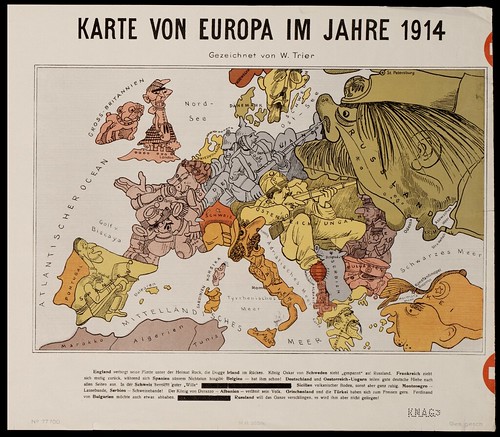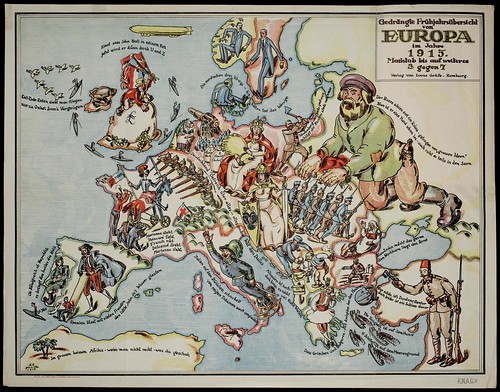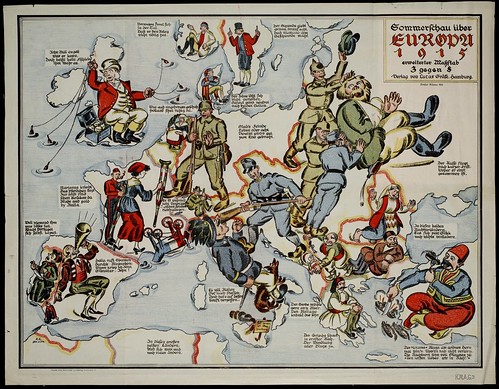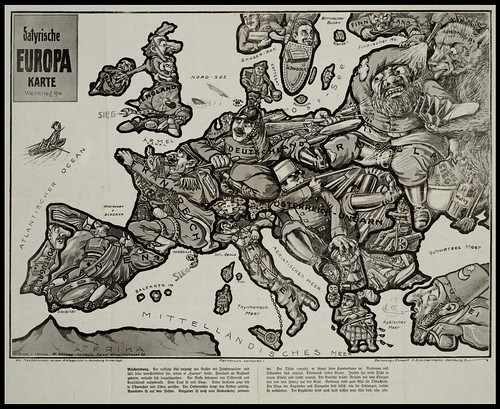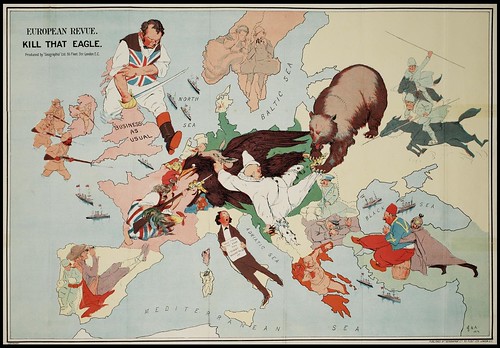| The basilisk is included among the reptiles in the bestiary. A basilisk is an exceedingly dangerous animal, as its scent can annihilate almost anything, and its gaze is terrible enough to cause the death of any man foolish enough to look at it. BUT it has an antidote (cont. reading below...). |
| The leucrota is somewhat confusingly described as having the rear parts of a stag, and the chest and legs of a lion, but with cloven hooves. Its most distinctive characteristic is its charming wide-mouthed grin, which stretches across its head. Its teeth are single, continuous pieces of bone, and it is capable of imitating the sound of a human voice. |
| The name of this beast is variously given as anphivena, amphisbaena, amfivena, and many other variations. But the true spelling of its name is not the least of its mysteries; the exact nature of the amphivena’s form was also a source of considerable uncertainty - See more at british library amphivena |
| The manticore is a fearsome beast indeed, and one that is also apparently vulnerable to the whims of the various artists attempting to portray it. Bartholomaeus Angelicus describes this animal by saying that ‘among all the beasts of the earth is none found more cruel, nor of more wonderly shape’ |
A bestiary, or "Bestiarum vocabulum" is a compendium of
beasts. Originating in the Ancient world, bestiaries were made popular in the
Middle Ages in illustrated volumes that described various animals, birds and
even rocks. The natural history and illustration of each beast was usually
accompanied by a moral lesson. This reflected the belief that the world itself
was the Word of God, and that every living thing had its own special meaning.
For example, the pelican, which was believed to tear open its breast to bring
its young to life with its own blood, was a living representation of Jesus.
The bestiary, then, is also a reference to the symbolic language of animals in Western Christian art and literature.
Probably one of my favourites is the Basilisk (first illustration), very dangerous but vulnerable to the weasel, which can pursue the basilisk into its hiding hole and kill it. In the bestiary text, much is made of the example of the basilisk; the writer takes the opportunity to expound on the nature of evil embodied in this horrible creature. He assures us that no matter how frightening an animal might be, ‘the creator of all has made nothing for which there is not an antidote’. So take heart, and keep your weasels close!
The bestiary, then, is also a reference to the symbolic language of animals in Western Christian art and literature.
Probably one of my favourites is the Basilisk (first illustration), very dangerous but vulnerable to the weasel, which can pursue the basilisk into its hiding hole and kill it. In the bestiary text, much is made of the example of the basilisk; the writer takes the opportunity to expound on the nature of evil embodied in this horrible creature. He assures us that no matter how frightening an animal might be, ‘the creator of all has made nothing for which there is not an antidote’. So take heart, and keep your weasels close!
I found all illustrations at British Library digitalization proyect. They have an amazing collection of Medieval Bestiaries from all Europe. At least I could investigate the following 4 manuscripts:
- Harley MS 3244 (direct link to the manuscript provided), I found here the illustration about the amphivena (the "double-headed green dragon"). Its on folia 62 right. Also found the "leonine manticore" killing a man (last illustration) on this same manuscript
- Royal MS 2 B VII Amazing fight of 2 amphivenas, Detail of a bas-de-page scene from the Queen Mary Psalter, England (London?), 1310 – 1320
- Found the Leucrota at Royal MS 12 F XIII, folia 23 (I call it the " Simpsons Leucrota", looks like a Simpsons character :)
- Found the basilisk killing a man with its gaze and being attacked by a weasel at Royal MS 12 C XIX, was on folia 63r...
Some curious things about bestiaries... The Italian artist Leonardo da Vinci also made his own bestiary. Even Jorge Luis Borges wrote a contemporary bestiary of sorts, the Book of Imaginary Beings, (Orig. "Manual de zoología fantástica") which collects imaginary beasts from bestiaries and fiction... (direct link to Amazon provided, costs around 15 USD).
